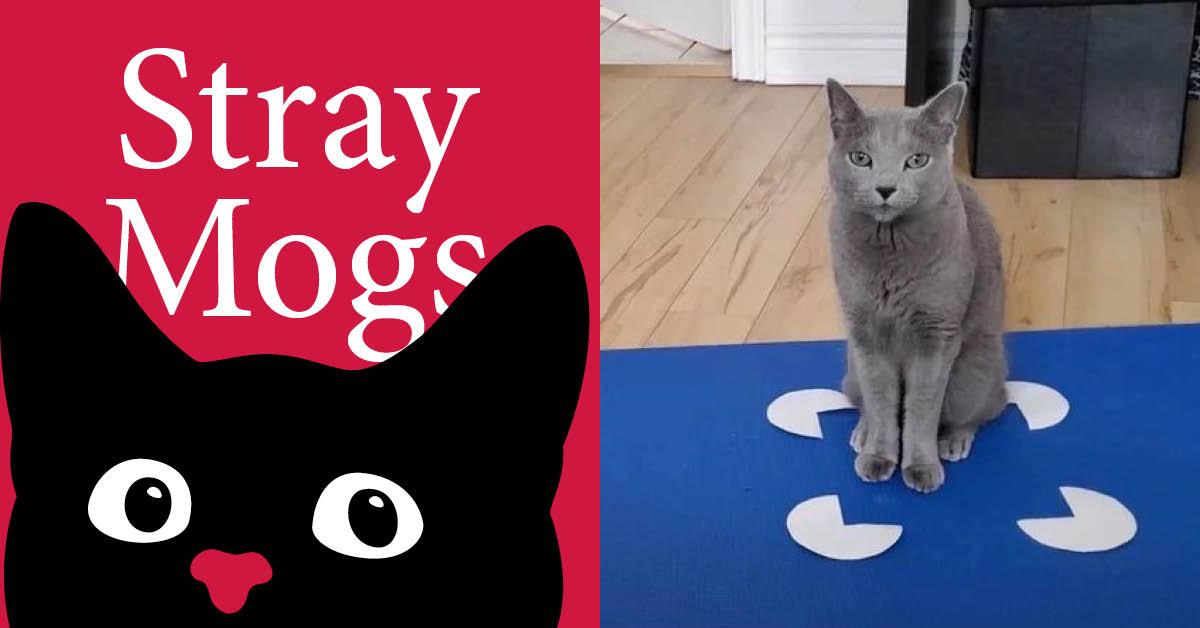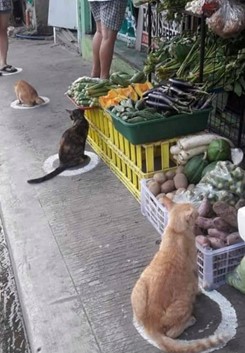Subscribe to trusted local news
In a time of both misinformation and too much information, quality journalism is more crucial than ever. By subscribing, you can help us get the story right.
- Subscription costs less than £1 a week with an annual plan.
Already a subscriber? Log in here.
11
Jul 2021
Stray Mogs: Explaining a cat's 'If it fits, I sits' mentality

 Sue Hartley has a background in psychology and clinical animal behaviour and has been helping cats for over 10 years. Through a successful cat care business, volunteering with Cats Protection, as the Feline Welfare Manager at Battersea Dogs and Cats Home in London and now as a cat behaviourist in Harrogate through her business The Understood Cat.
Sue Hartley has a background in psychology and clinical animal behaviour and has been helping cats for over 10 years. Through a successful cat care business, volunteering with Cats Protection, as the Feline Welfare Manager at Battersea Dogs and Cats Home in London and now as a cat behaviourist in Harrogate through her business The Understood Cat.
Clients often ask me why cats love cardboard boxes? Scientists have been exploring why our feline friends seem to have a “if it fits, I sits” approach to selecting ‘cat nap’ spots.
The 2017 social media ‘challenge’ #CatSquare saw people sharing photos and videos of felines choosing to sit in masking tape square outlines on the floor. In May 2020, this photo emerged of stray cats in the Philippines spontaneously sitting in circles marked out for social distancing.
If cats like boxes and shape outlines, would they also sit in a box that’s an illusion? Like people and dogs, cats also get caught out by optical illusions. The Kanizsa square illusion involves a square with the perception of edges that aren’t there. Researchers found that cats opted to sit inside this ‘fake’ square nearly as much as they would a ‘real’ square.
So why do cats like to sit where they fit? Cats seem drawn to enclosed spaces and may reflect how important feeling safe and secure is to them. Research suggests that one of the most important things we can do to help our cats thrive in a busy home is to provide them with places to hide – the more the merrier.
Hiding places should feel private and big enough for your cat to get in to easily and turn around and settle in. I recommend clients offer ‘igloo’ or ‘cat cave’ beds and cardboard boxes on their side with a towel draped over most of the opening.
Create hiding places under beds or by leaving the doors to wardrobes or cupboards open and pop blankets inside – but be careful not to shut your cat in!
Providing high-up ‘hideouts’ (e.g. on the tops of cupboards, wardrobes, shelf units) allowing a cat to survey their surroundings also go down well with our feline companions – check your cat can access them safely using steps, ramps or strategically placed pieces of furniture nearby.
Read More:
- Kim’s Canines: Holidays- fun for you, stressful for your dog
Stray Pets Rescue Club: George, Rupert and Biggie need your help
You can even create your own ‘kitty hideaway’ by recycling a large cardboard box and an old t-shirt that smells like home.
Follow ‘cat etiquette’ by not disturbing your cat when they’re in their hiding places as they’re likely to have gone there for some ‘me time’.
Places to hide are also key for cats in rescues helping them to settle allowing their personality to shine through so they can be matched to their forever home.
0